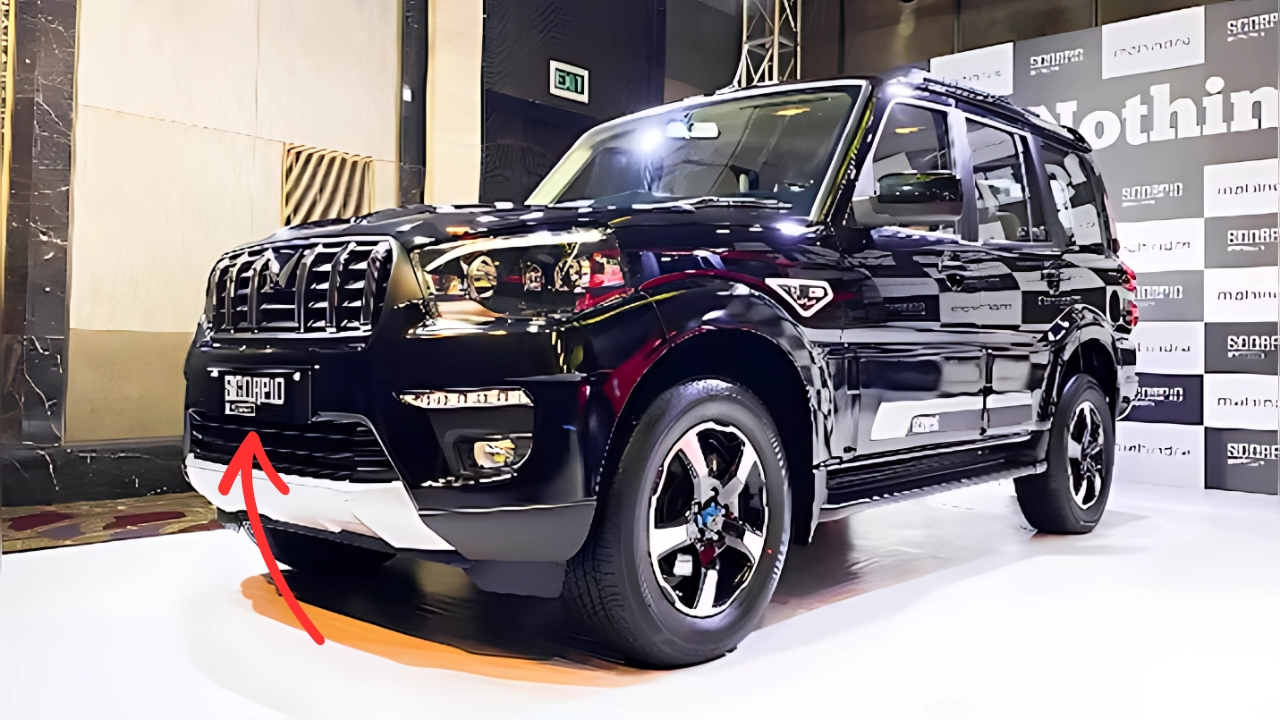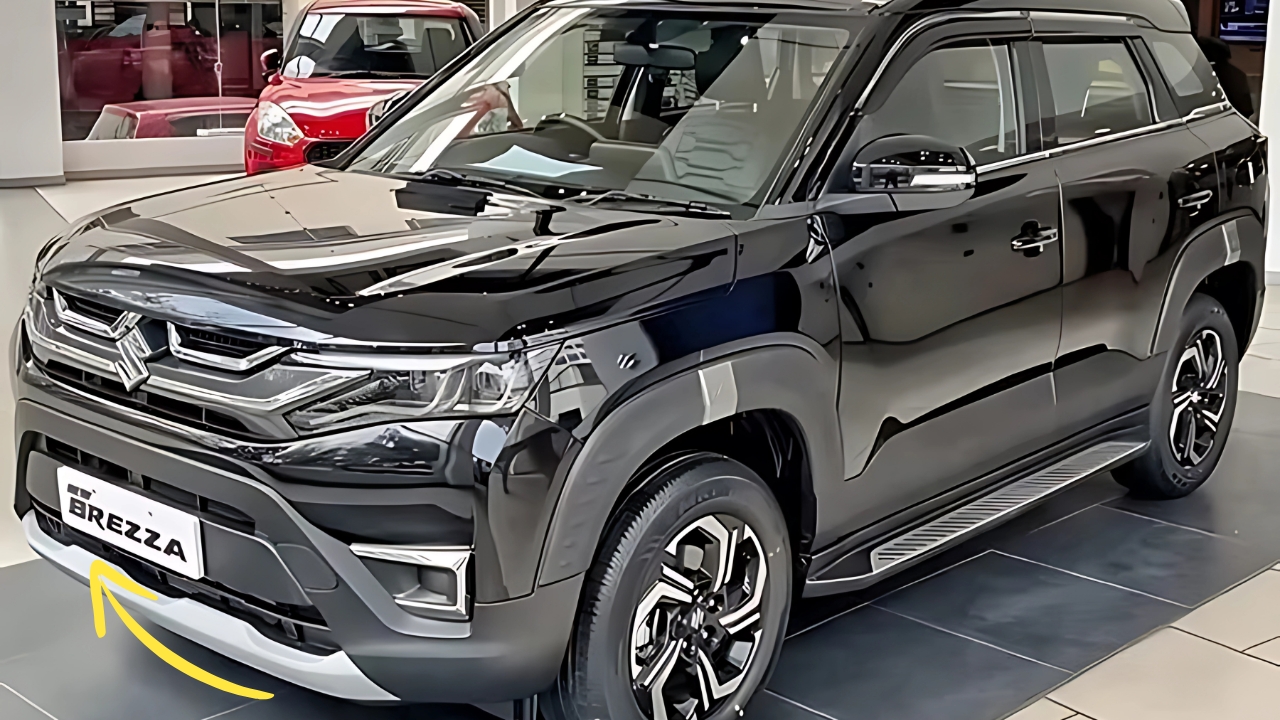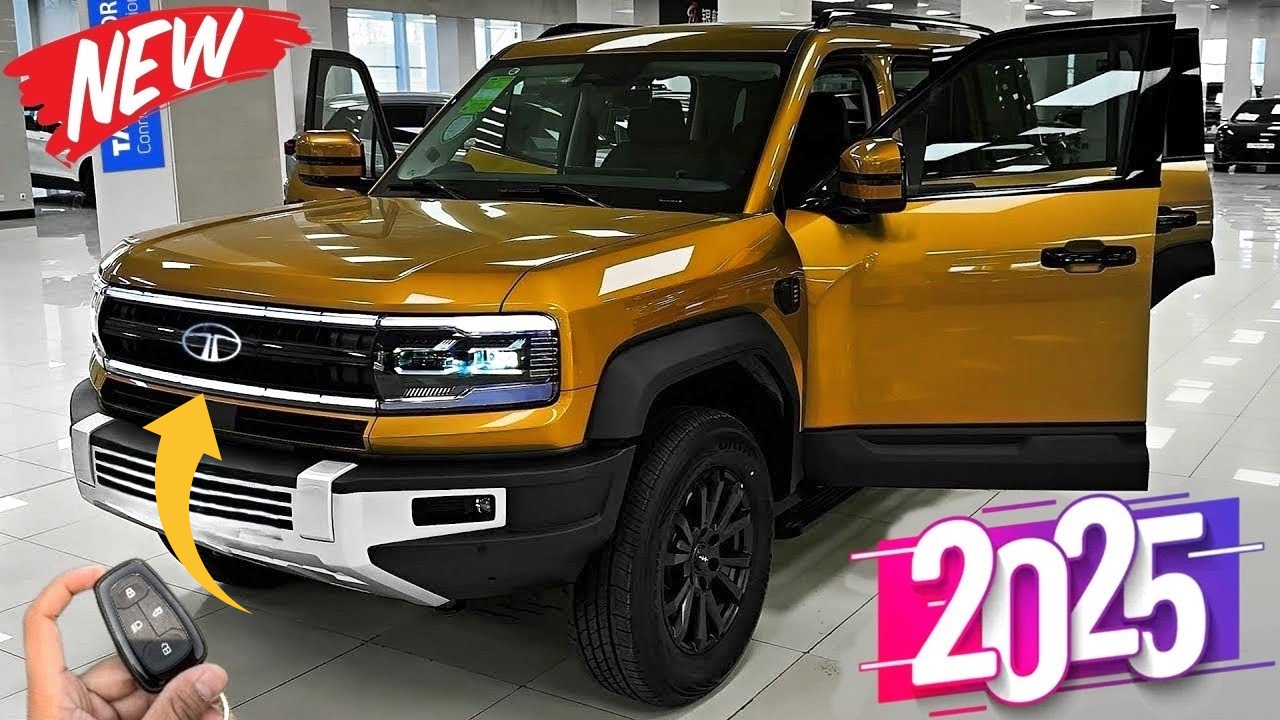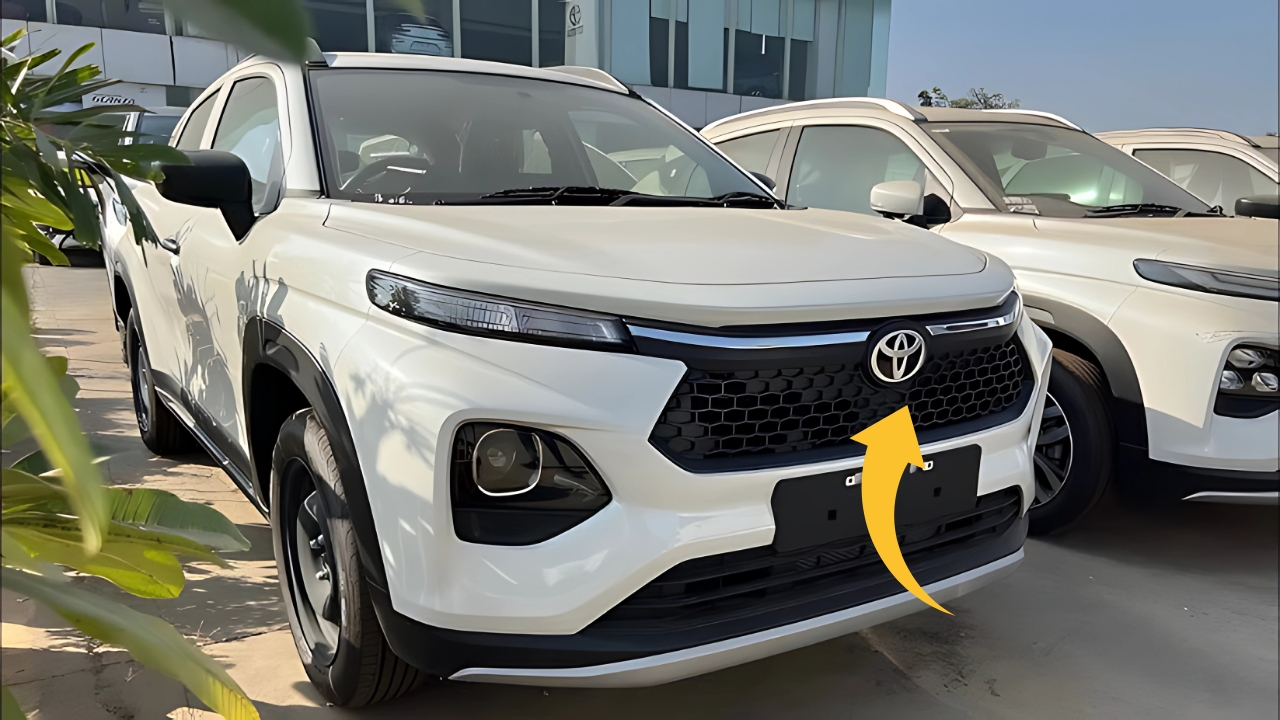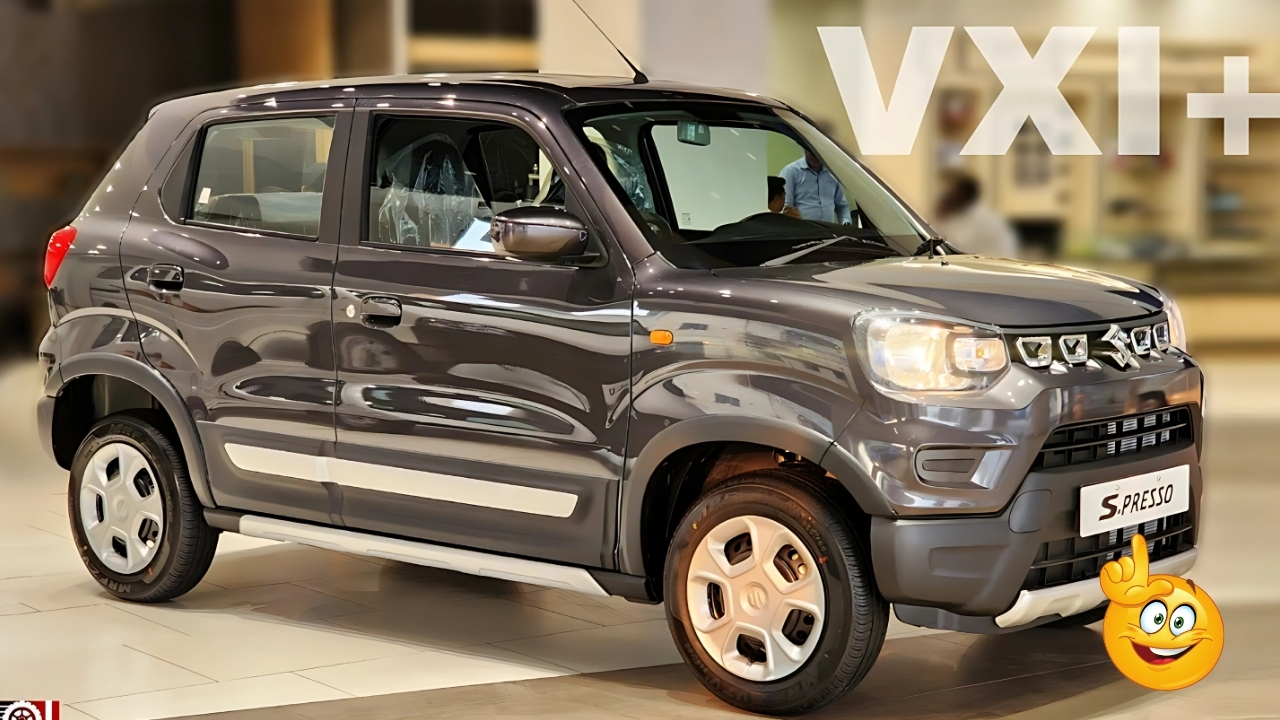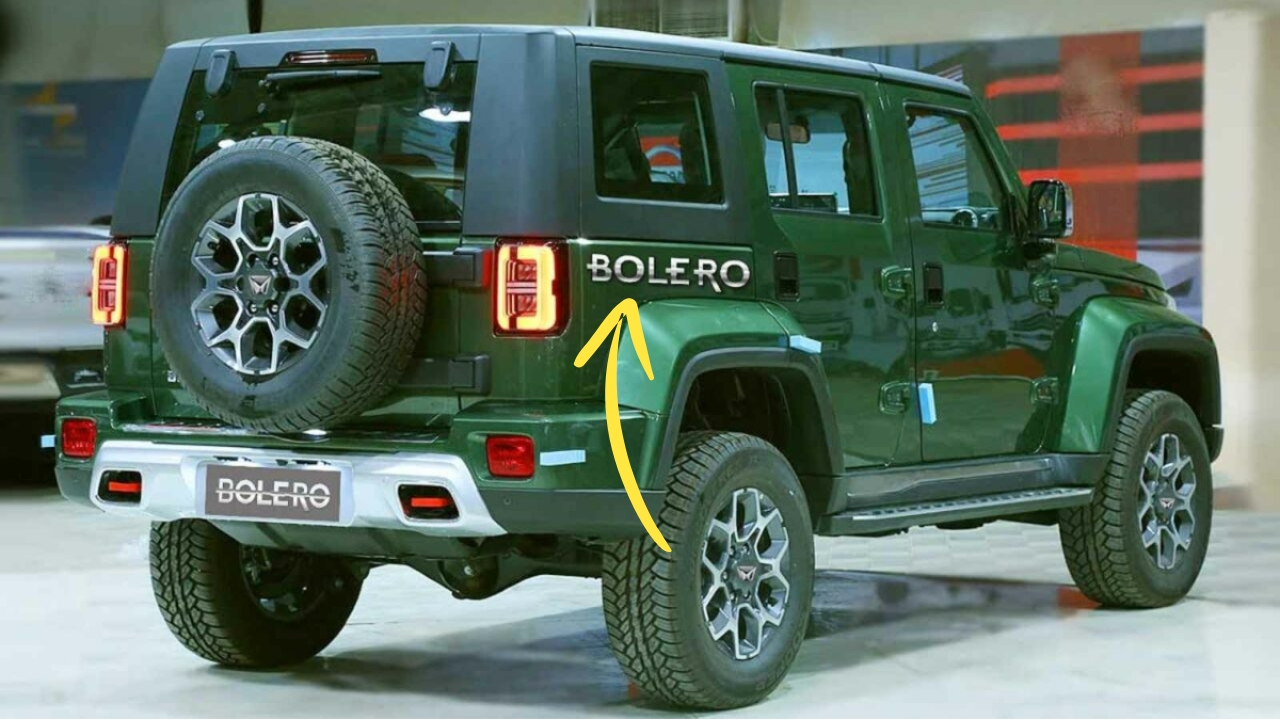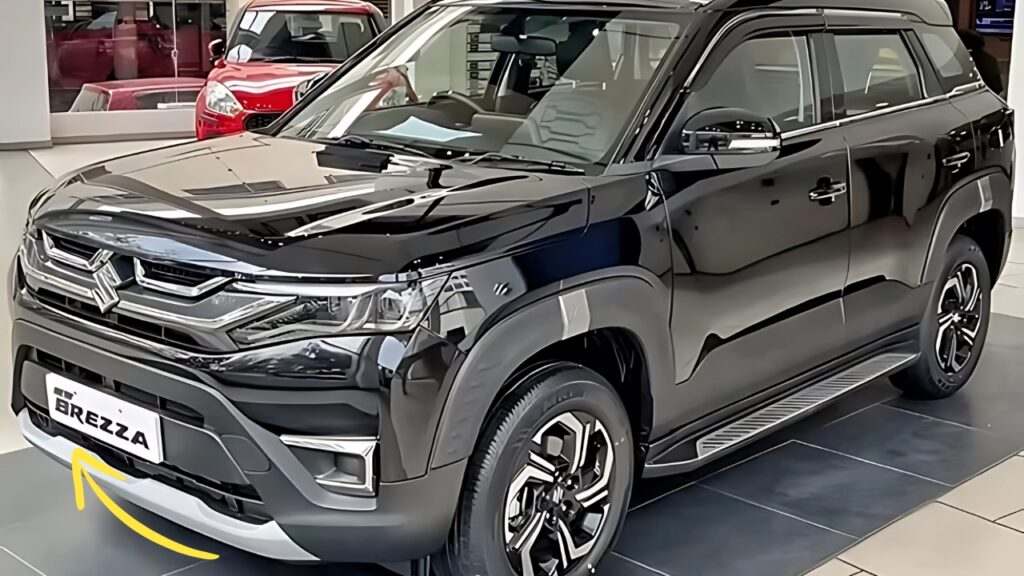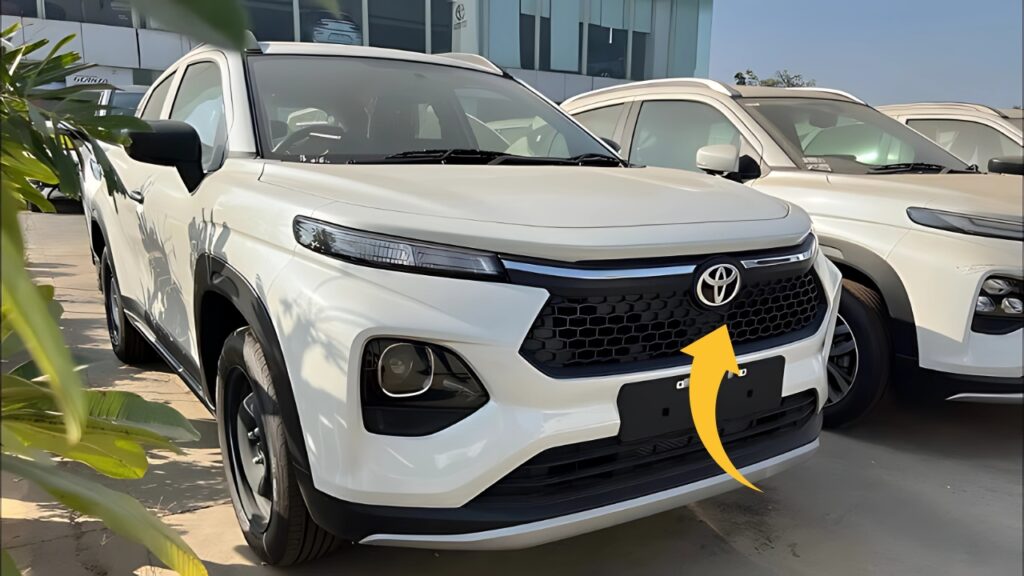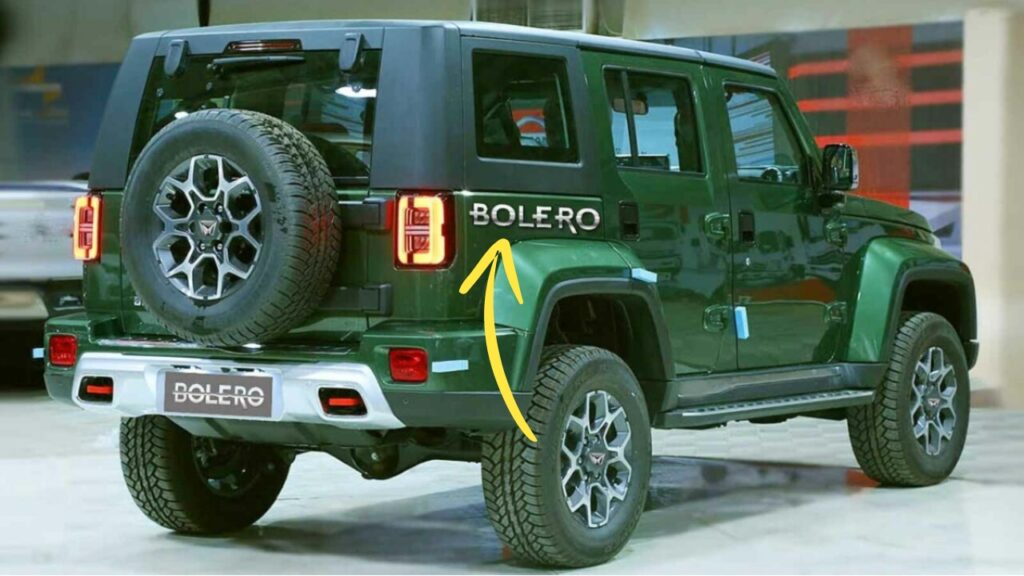Mahindra Scorpio Classic: In the dynamic landscape of the Indian automotive market, few vehicles have achieved the cultural significance and enduring appeal of the Mahindra Scorpio.
First introduced in 2002, this homegrown SUV transformed Mahindra from a manufacturer of utilitarian workhorses into a mainstream automotive brand with genuine aspirational value.
Over two decades later, the original Scorpio lives on as the “Scorpio Classic,” sold alongside its more modern successor, the Scorpio-N.
This unusual market strategy of maintaining both generations simultaneously speaks volumes about the original Scorpio’s cultural impact and continued relevance in specific market segments.
The Scorpio Classic represents a fascinating study in automotive longevity—a vehicle that continues to find buyers despite its aging architecture, thanks to a combination of rugged capability, perceived value, and the intangible but powerful emotional connection it has established with the Indian market.
This comprehensive examination explores the Scorpio Classic’s design philosophy, mechanical underpinnings, ownership experience, and enduring appeal in an increasingly sophisticated automotive landscape.
Mahindra Scorpio Classic: Design Evolution: Refining a Familiar Silhouette
The Scorpio Classic maintains the instantly recognizable silhouette that has defined the model since its introduction, with subtle refinements that keep it looking relatively contemporary without sacrificing its identity.
The front fascia features a redesigned grille with six vertical slats and the new “Twin Peaks” Mahindra logo, flanked by familiar rectangular headlamps that now incorporate LED daytime running lights.
The bumper has been refreshed with more angular fog lamp housings and a prominent skid plate that emphasizes the vehicle’s rugged character.
The side profile remains largely unchanged, with the distinctive stepped window line and strong wheel arches that have defined the Scorpio through its various iterations.
New 17-inch alloy wheels in a diamond-cut design add a touch of modernity to the familiar silhouette.
At the rear, the vertical taillights retain their signature shape but incorporate subtle updates to their internal elements.
Color options include Pearl White, Napoli Black, Red Rage, Dsat Silver, and Galaxy Grey—a mix of traditional and contemporary choices that reflect the vehicle’s bridging of past and present.
The overall effect is one of deliberate evolution rather than revolution, respecting the Scorpio’s established design language while introducing just enough contemporary elements to avoid appearing completely outdated.
The interior follows a similar philosophy of careful updating within an established framework. The dashboard design retains its upright, command-style layout but introduces new elements like a 9-inch touchscreen infotainment system and redesigned instrument cluster.
Mahindra has improved material quality in key touch points, with better fabrics for the seats and softer materials for frequently contacted surfaces.
The classic dual-tone black and beige color scheme continues, providing a sense of spaciousness in the cabin.
The interior layout maintains the traditional three-row configuration, with options for either front-facing third-row seats or side-facing “jump seats” depending on the variant and market.
This flexibility has long been a selling point for the Scorpio, allowing buyers to prioritize either additional passenger capacity or cargo space according to their specific needs.
Mechanical Architecture: Proven Reliability with Modern Updates
Under the hood, the Scorpio Classic features Mahindra’s second-generation mHawk diesel engine, a 2.2-liter four-cylinder turbocharged unit that produces 130 horsepower and 300 Nm of torque.
This represents a modest power increase of about 7 horsepower compared to the engine it replaces, while torque remains unchanged.
More significantly, Mahindra claims a 14% improvement in fuel efficiency through various optimization measures.
The engine is paired exclusively with a 6-speed manual transmission that drives the rear wheels in standard configuration, with a manually-selectable four-wheel-drive system available on higher trim levels.
This mechanical simplicity reflects the Scorpio Classic’s positioning as a robust, reliable option for buyers who prioritize durability over the latest technological features.
The suspension system continues with the proven combination of double wishbones with coil springs at the front and a multi-link arrangement with coil springs at the rear.
Mahindra has retuned the suspension to provide better ride quality without compromising the ground clearance and articulation that have made the Scorpio a capable performer in challenging conditions.
The hydraulic power steering has been calibrated for lighter operation at low speeds while maintaining stability during highway cruising.
Braking duties are handled by ventilated discs at the front and drum brakes at the rear—a configuration that prioritizes cost-effectiveness and ease of maintenance in rough conditions over outright performance.
While not cutting-edge, this setup provides adequate stopping power for the vehicle’s intended use cases and operating environments.
The Scorpio Classic continues to utilize a body-on-frame construction, an increasingly rare architecture in modern passenger vehicles but one that offers distinct advantages in durability, load-carrying capacity, and off-road capability.
This robust foundation has contributed significantly to the Scorpio’s reputation for longevity and ability to withstand rough operating conditions—key considerations for many buyers, particularly in semi-urban and rural markets.
Technical Specifications Table
| Feature | Specification |
|---|---|
| Engine | 2.2L mHawk diesel (second generation) |
| Power | 130 bhp @ 3,750 rpm |
| Torque | 300 Nm @ 1,600-2,800 rpm |
| Transmission | 6-speed manual |
| Drive Layout | Rear-wheel drive (standard), 4WD with shift-on-fly (optional) |
| Front Suspension | Independent double wishbone with coil springs |
| Rear Suspension | Multi-link with coil springs |
| Braking System | Ventilated discs (front), drums (rear) |
| Steering | Hydraulic power steering |
| Length | 4,456 mm |
| Width | 1,820 mm |
| Height | 1,995 mm |
| Wheelbase | 2,680 mm |
| Ground Clearance | 180 mm |
| Approach Angle | 27 degrees |
| Departure Angle | 31 degrees |
| Fuel Tank Capacity | 60 liters |
| Seating Capacity | 7-9 (depending on configuration) |
| Turning Radius | 5.4 meters |
| Curb Weight | 1,825-1,925 kg (depending on variant) |
| Tires | 235/65 R17 |
| Fuel Efficiency | 15-16.5 km/l (claimed) |
| Variants | Classic S, Classic S 11 |
| Safety Features | Dual airbags, ABS with EBD, rear parking sensors, engine immobilizer |
| Infotainment | 9-inch touchscreen with Bluetooth, USB, and AUX connectivity |
Driving Experience: Old-School Character with Refined Edges
Behind the wheel, the Scorpio Classic delivers an experience that perfectly reflects its market positioning—combining traditional SUV characteristics with enough modern refinement to remain relevant.
The commanding seating position provides excellent visibility, a trait that has always been central to the Scorpio’s appeal.
The upright A-pillars and large glass area create a greenhouse that offers unobstructed sightlines, instilling confidence during both urban navigation and off-road excursions.
The second-generation mHawk engine represents a significant improvement over earlier powerplants, with noticeably better NVH (Noise, Vibration, Harshness) characteristics and more linear power delivery.
While not whisper-quiet by modern standards, the engine noise has been reduced to levels that most buyers will find acceptable, particularly given the vehicle’s utilitarian focus.
The 300 Nm of torque available from just 1,600 rpm ensures good drivability in varied conditions, from crawling through traffic to climbing steep inclines.
The 6-speed manual transmission offers reasonably precise shifts, though the throw remains longer than in more car-like SUVs.
This mechanical character actually suits the Scorpio’s nature, providing a tangible connection to the drivetrain that many enthusiasts appreciate.
The clutch effort has been reduced compared to earlier iterations, making the Scorpio Classic less tiring to drive in stop-and-go traffic—a common use case in Indian urban centers.
Ride quality represents one area where the Scorpio Classic shows its age despite Mahindra’s refinement efforts.
The body-on-frame construction and high center of gravity result in more pronounced body roll during cornering than contemporary monocoque SUVs exhibit.
However, the trade-off comes in the form of excellent bump absorption and articulation on rough surfaces, where the Scorpio Classic’s robust underpinnings demonstrate their value.
The suspension tuning prioritizes comfort over handling precision, soaking up road imperfections effectively if not always gracefully.
The hydraulic power steering feels appropriately weighted for the vehicle’s character, providing sufficient feedback while requiring less effort than earlier Scorpio models.
At highway speeds, the steering centers well and offers decent straight-line stability, though crosswinds can affect the tall body somewhat.
The turning radius of 5.4 meters is reasonable given the vehicle’s size, facilitating manageable maneuverability in tight spaces.
Off-road capability remains a Scorpio Classic strength, particularly in 4WD variants. The combination of good ground clearance, favorable approach and departure angles, and a mechanical four-wheel-drive system with low-range gearing allows the vehicle to tackle challenging terrain with confidence.
While lacking the electronic aids of more modern off-roaders, the Scorpio Classic’s straightforward mechanical setup provides reliability and ease of repair—valuable attributes in remote areas where sophisticated electronic systems might prove problematic.
Comfort and Practicality: Utilitarian with Modern Touches
Interior space utilization reflects the Scorpio’s origins as a people carrier designed for Indian family needs.
The front row offers good headroom and adequate legroom, with seats that prioritize support over plushness—a sensible choice given the vehicle’s utilitarian nature.
The second row accommodates three adults with reasonable comfort, though the middle passenger must contend with a transmission tunnel intrusion.
The third row configuration varies by variant, with either front-facing bench seats or side-facing jump seats available.
Neither option offers the comfort of more modern three-row SUVs, but both provide functional additional seating when needed.
With all seats occupied, cargo space is minimal, but folding or removing the third row creates a substantial loading area suitable for luggage, equipment, or supplies.
Cabin storage includes door pockets, a reasonably sized glove compartment, center console storage, and various smaller bins and cubbies throughout the interior.
While not class-leading in terms of clever storage solutions, the Scorpio Classic offers sufficient practical space for everyday items.
The air conditioning system deserves special mention for its effectiveness—a crucial consideration in India’s climate. The powerful compressor and well-placed vents ensure that the cabin cools quickly even in extreme heat, while rear vents provide adequate airflow to passengers in all three rows.
Noise insulation represents one area where the Scorpio Classic’s age becomes apparent despite Mahindra’s updates.
Wind noise around the A-pillars and mirrors becomes noticeable at highway speeds, while road noise transmits more directly into the cabin than in more modern designs with extensive sound deadening. However, these characteristics align with the vehicle’s honest, utilitarian character and are unlikely to deter its target audience.
Technology and Features: Essential Modernization
Mahindra has strategically updated the Scorpio Classic’s technology offering to include features considered essential in today’s market while avoiding costly additions that would compromise its value proposition.
The centerpiece is a 9-inch touchscreen infotainment system that offers Bluetooth connectivity, USB and AUX inputs, and smartphone integration.
While not offering the advanced features of premium systems, it provides the core functionality most buyers expect in a contemporary vehicle.
The instrument cluster combines analog gauges with a multi-information display that shows essential data including fuel economy, distance to empty, and service reminders.
This hybrid approach balances modern information delivery with the reliability and familiarity of physical gauges—an appropriate choice for the vehicle’s positioning.
Convenience features include power windows, central locking, electrically adjustable mirrors, rear parking sensors, and cruise control on higher variants.
Climate control remains a manual system rather than automatic, again reflecting the Scorpio Classic’s focus on reliability and simplicity over advanced features.
Safety equipment includes dual front airbags, ABS with Electronic Brakeforce Distribution, rear parking sensors, and an engine immobilizer.
While not matching the comprehensive safety suites of newer designs, these features provide fundamental protection that represents a significant improvement over earlier Scorpio iterations.
Ownership Experience: The Value of Simplicity
The Scorpio Classic’s ownership proposition centers around several key strengths that continue to resonate with specific buyer segments despite the availability of more modern alternatives.
First, mechanical simplicity translates to straightforward maintenance requirements and generally lower repair costs compared to more sophisticated designs.
The proven components have well-understood service needs, and Mahindra’s extensive service network ensures parts availability even in remote areas—a significant consideration for buyers in semi-urban and rural markets where dealer support for some brands remains limited.
Second, the body-on-frame construction and robust mechanical components have demonstrated impressive durability over the model’s long production history.
Many examples have exceeded 200,000 kilometers with only routine maintenance, building a reputation for longevity that reassures buyers planning long-term ownership.
Third, strong resale value represents another Scorpio Classic advantage. The model’s established market presence and continued production mean that used examples maintain their value well, reducing effective ownership costs and providing financial security for buyers.
Operating costs remain competitive despite the vehicle’s size and weight, with the refined mHawk engine delivering reasonable fuel efficiency for its class.
Mahindra claims 15-16.5 kilometers per liter under ideal conditions, though real-world efficiency typically ranges from 12-14 kilometers per liter depending on driving conditions and load.
Market Position and Enduring Appeal
The Scorpio Classic occupies a fascinating position in today’s market—a vehicle whose continued relevance seemingly defies conventional product lifecycle wisdom.
Several factors explain its enduring appeal despite the availability of more modern alternatives, including the Scorpio-N from Mahindra itself.
First, the Scorpio Classic offers a genuine SUV experience at a price point where most competitors provide crossovers with less capability and presence.
For buyers who value these traditional SUV attributes—commanding seating position, rugged construction, and genuine off-road capability—the Scorpio Classic delivers authentic character increasingly rare in its segment.
Second, the established reputation for reliability and longevity reassures buyers seeking a durable vehicle for challenging conditions or long-term ownership.
This proven track record represents a tangible value that newer designs, regardless of their technical sophistication, simply cannot offer.
Third, emotional connection and brand loyalty play significant roles in the Scorpio Classic’s continued success.
For many Indian buyers, particularly in tier-2 and tier-3 cities and rural areas, the Scorpio remains an aspirational symbol that carries social status and recognition.
This emotional equity, built over two decades of market presence, creates a powerful draw that transcends purely rational purchasing criteria.
Mahindra Scorpio Classic: Honest Capability in a Changing Market
The Mahindra Scorpio Classic represents an increasingly rare automotive archetype—a vehicle that prioritizes functional capability, mechanical simplicity, and proven reliability over trendy features or cutting-edge technology.
Its continued production alongside the more modern Scorpio-N demonstrates Mahindra’s understanding that different market segments value different attributes, with many buyers still preferring the Classic’s straightforward, honest character.
While unlikely to appeal to buyers prioritizing refinement, technology, or contemporary design, the Scorpio Classic perfectly serves those seeking a robust, capable SUV with established credentials and minimal ownership concerns.
Its enduring presence in the market stands as testimony to the value of focusing on core competencies rather than chasing every emerging trend—a lesson in product strategy that extends well beyond the automotive sector.
As the Indian automotive market continues its rapid evolution toward greater sophistication and electrification, the Scorpio Classic serves as a reminder that fundamental attributes like durability, functionality, and value retain their appeal across changing times and technologies.
For a significant segment of buyers, the honest capability of this enduring Indian icon remains exactly what they need and want in a sport utility vehicle.
